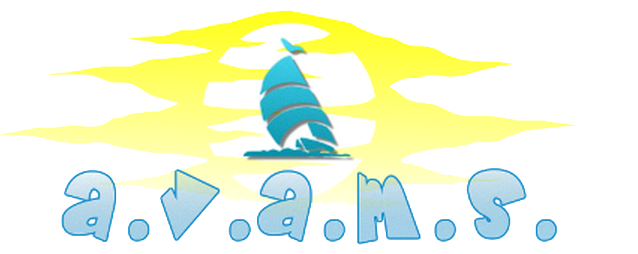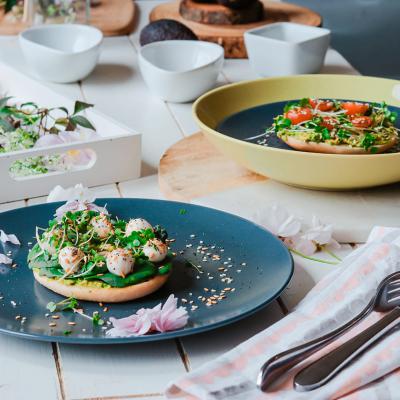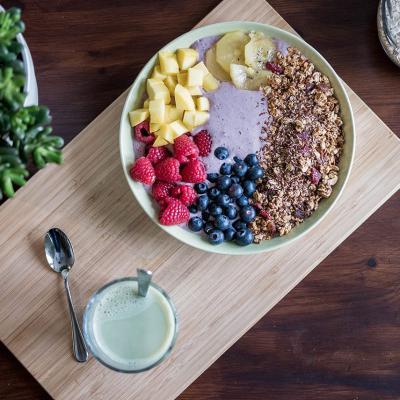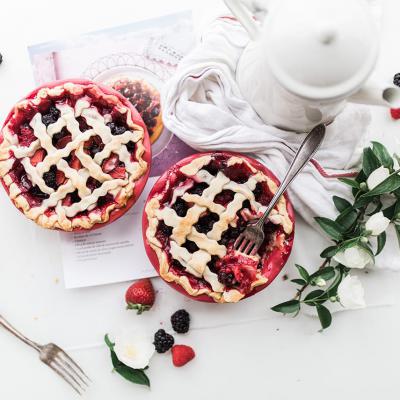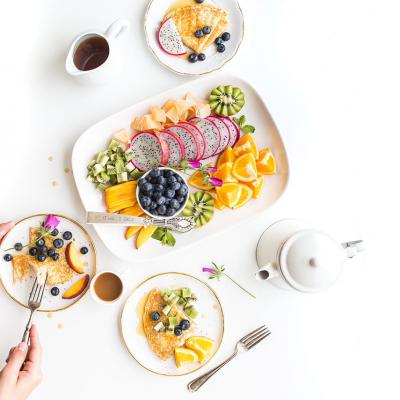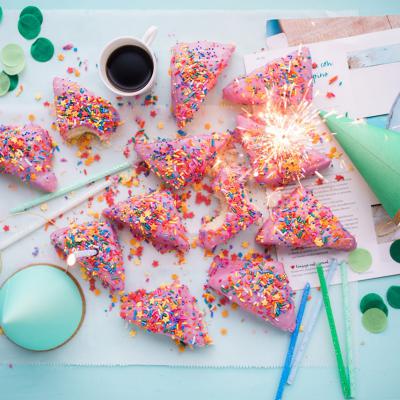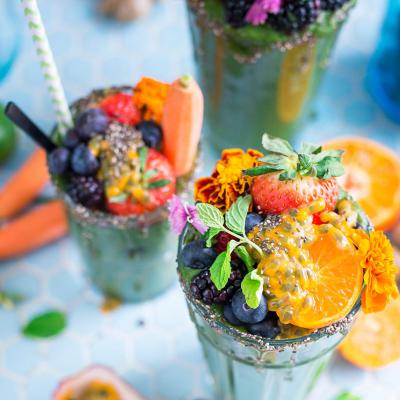
Mosaic of our time
Programme: Erasmus+ Key Action KA1-Learning Mobility of Individuals Action Type: KA105-Youth Mobility Grant Agreement 2020-3-IT03-KA105-020331
Beneficiary Organisation
•E10260431: Associazione di Volontariato Arte Musica e Spettacolo Partner
•E10200272: Groupe d’action pour la terrain d’avventure
•E10259980 Associação Youth the Future
•E10082550 Vocea Copiilor Abandonati
Duration 24 months
National Agency of the Applicant Organisation
IT01 Agenzia Nazionale Erasmus+ Mobility Exchange in Falconara Albanese 28/06/2022 04/07/2022.
SUMMARY
During a cultural exchange project on human rights we had the first idea for this project. This project is inspired by the novel “The mosaic of the great time” by Carmine Abate. The story told is in an Arbereshe town in Calabria, founded by exile Albanians, centuries earlier and the characters are immersed in a continuous search for one’s past. From here, the idea of a project, is that it can give space to young people for questioning and (re) discovering one’s origins: knowing the cultural heritage of each European territory is in fact essential to be able to fully understand so cial pro cesses of the present and build a community future. This appro ach to remembrance, to the study of the roots and of the cultural and linguistic heritage, paying attention to cultural diversity as an element of enrichment, helps to increase the sense of belonging to one’s community e to the grits European so ciety that we are painstakingly creating and defending.
OBJECTIVES
Improve the active participation of young people with minor opportunities, giving them the opportunity to learn and to find out how the obstacles they face can be a source of empowerment; - Preventing so cial exclusion based on racism, the xenophobia and stereotypes, bringing to gether different cultures in one single place and developing a common project; - Promote the debate on cultural identity, minorities and on personal, community and European citizenship values, with workshops for comparison and non-formal learning between young people from the 5 EU countries; - Include young people with fewer opportunities (especially those with geo graphical, so cial and economic obstacles) involving them in projects that offer them the possibility of discover and express their potential; - Involving lo cal young people in international giving activities them the opportunity to host and participate in projects such as this, in order to increase their motivation to mobility and to spread the network of young people for the development of future projects: - Teach young people about the opportunities that the pro gram Erasmus + (and later) offers and what are the possibilities for their future personal and professional development, both at the level lo cal, national and educational mobility experiences.
MAIN ACTIVITIES - non-formal education - workshop - creative workshops - intercultural evenings (music, dance, co oking and free expression) -Creative reworking of folk stories - practicing the art of recycling to create video sets. - communication of the project -dissemination -knowledge laboratories Team building: - intercultural learning -assessment
PREPARATION
During the days of the exchange the so-called “cultural evenings” will take place, so the partecipants can agree on common ideas for organizing them. They will be able to cho ose / make a video to show, bring traditional fo od, organize traditional dances, what they will like to show. We will acquire the telephone contacts and email addresses of all the participants, so that we can communicate with them whenever it is necessary. We are also thinking about the possibility of creating a large whatsapp group for inclusive means, to facilitate comunication. All project participants will then be briefed on the pro gram before departure, so that they have ideas clear on what they will face and how. They will be told about where they will stay and with what criteria the choice is was carried out, i.e. intercultural ro oms to encourage interaction. We will also communicate electronically with the participating organizations in order to respond to any questions. We will ask the group leaders to communicate fo od allergies and / or intolerances, as well as the need for particular medicines. Each participant will be equipped with an infopack whose details will dispel any doubts. We will offer clarification on which one type of do cuments to take with you and on which numbers to contact in case of emergency. We will also inform the participants about all the benefits of immersion in another culture and a new lifestyle, and about gratifications that an exchange experience gives. During the exchanges, in fact, the young people will make friends that will last even throughout life, they create bonds and alliances that will always have a certain importance and usefulness. We will advise young participants to practice their English before departure also via apps Duolingo or Tandem type, to stimulate linguistic competence and acquire basic knowledge that will allow them to relate without problems with the other participants. To ensure the safety and success of the exchange, we will provide all participating organizations with detailed information on the rules and laws in force in the Host country, in order to avoid misunderstandings and to put the participants at ease. With this distance orientation we intend to help young people understand what the expectations botta we and they have. It is also our concern to alleviate any anxiety about leaving for another country: we are always available to answer any questions relating to the pro gram. A go od knowledge of the project will put the participants at ease and reduce the possible risk of a culture sho ck. We are convinced that these youth exchanges are a magnificent opportunity for growth and therefore the participants must be confident and aware that they want to undertake such an activity.
ITALIAN SUMMARY
Questo progetto è stato sviluppato ispirandoci al romanzo “Il mosaico del tempo grande” di Carmine Abate. La storia narrata è ambientata proprio in un paese arbereshe della Calabria, fondato da esuli albanesi secoli prima e i personaggi sono immersi in una continua ricerca del proprio passato. Da qui prende vita l’idea di un progetto che possa dare spazio ai giovani per interrogarsi e (ri)scoprire le proprie origini: conoscere l’eredità culturale di ciascun territorio europeo è infatti essenziale per poter comprendere appieno i processi sociali del presente e costruire un futuro comunitario. Questo approccio alla rimembranza, allo studio delle radici e del patrimonio culturale e linguistico, prestando attenzione alla diversitá culturale come elemento di arricchimento, aiuta ad aumentare il senso di appartenenza alla propria comunità e alla grane societá europea che stiamo faticosamente creando e difendendo. Il progetto ha visto la partecipazione di 4 associazioni che operano nel settore della gioventú, situate in Italia, Belgio, Romania e Portogallo. Il numero totale di partecipanti è stato 20 giovani tra i 18 e i 30 anni, accompagnati da 4 group leader in totale, uno per paese. Le attivitá si sono svolte nel piccolo comune di Falconara Albanese, uno dei paesi arbereshe della Calabria. Si è partiti dalla condivisione delle storie appartenenti alle tradizioni nazionali e locali, sia individualmente che in gruppo, di tutti i partecipanti. Questo è stato il punto di partenza da cui i partecipanti, durante le prime giornate del progetto, hanno usato per ricreare una storia dalle fiabe popolari che si sono raccontati. Una volta ottenuti una trama condivisa da tutti questa è stata suddivisa in quattro atti. Il passo successivo è stato quello di dividere i partecipanti in quattro gruppi e di assegnare ad ognuno di loro la realizzazione del video di un atto della fiaba precedentemente elaborata, al fine di ottenere una fiaba innovativa ed eterogenea che rappresenti tutte le culture coinvolte nel progetto, e soprattutto darà vita ad una folk story 2.0 facilmente condivisibile sui media utilizzati dai giovani al giorno d’oggi. I ragazzi sono stati lasciati completamente liberi di sperimentare dal punto di vista creativo, e si sono impegnati attivamente nella scrittura dello stesso, composti in quattro atti, sempre seguendo il tema principale del progetto, lasciandogli completa libertà di espressione. Una volta ottenuti i “quattro atti” sono stati uniti come un “mosaico” per ottenere la nostra storia multiculturale. Dopo aver visto, sempre durante il periodo di quarantena, quanto sia semplice dare modo alla natura di crescere rigogliosa quando questa viene trattata con rispetto ed intelligenza, ci sembra una bella iniziativa incoraggiare i giovani ad utilizzare materiali di riciclo per costruire le scenografie. È stato infatti anche interessante dare modo ai ragazzi di esprimere la loro opinione sulla situazione ecologica attuale. Favorendo l’informazione, si attuerà il cambiamento.
